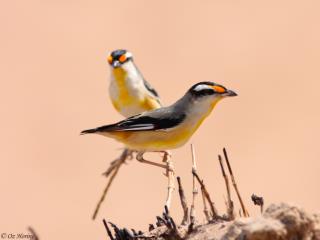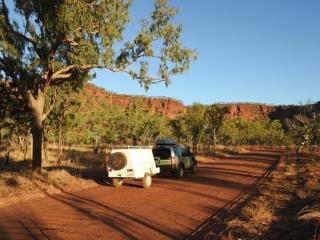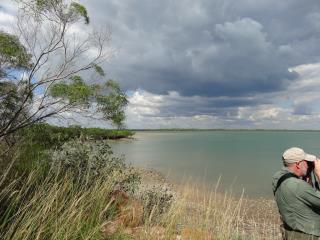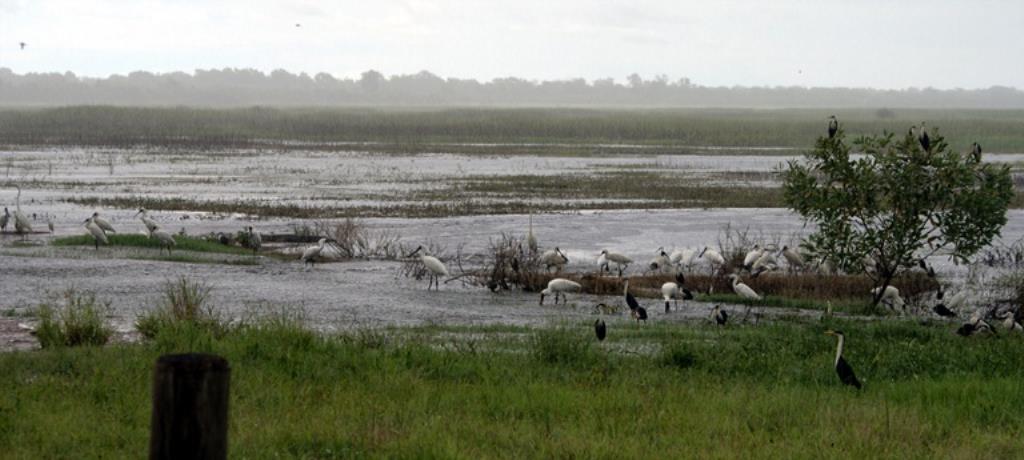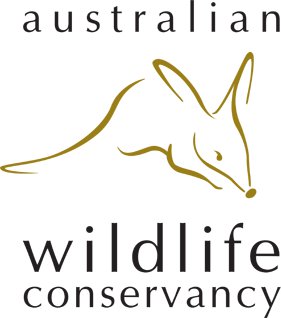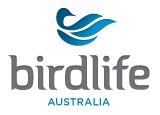What is the best time to visit the Top End?
Every month is a great time to visit the Top End. However, the dry season is definitely more comfortable if you struggle with humidity and that is the peak visitor season. The wet season is also called the 'green' season because it rains nearly every afternoon and the country is so green and lush. Storms are frequent and spectacular, it is an exciting time to be here. The highest number of bird species are present around September and October, which makes early September the ideal time to visit if sensitive to humidity which builds up from late September on.
Below is a summary of factors to consider for your visit.
APRIL-MAY - transition from monsoon to dry season
Weather - Maximum temperatures from 24C to 34C Humidity ranges from high to low during the transition from wet to dry season
Rainfall - Occasional
Accessibility - Some parks and walks still closed, unsealed roads may be closed
Visitor numbers - Medium
Birding opportunities - Early April is the last chance to see migrating waders and shorebirds before they leave for Siberia to breed, (though there are always a small number that remain all year). Worth seeking them out as they often show full or part breeding plumage now. Dry season migrants such as Straw-necked Ibis, Glossy Ibis, Black Kite, Swamp Harrier, Black Falcon, Australian Pratincole, Whiskered Tern, Cockatiel, Spotted Nightjar, White-breasted Woodswallow, Little Woodswallow, Black-eared Cuckoo, White-winged Triller, Black-faced Cuckoo-shrike and Tree Martin, start turning up around May in their usual habitats.
JUNE-SEPTEMBER - dry season
Weather - Maximum temperatures from 21C to 33C Humidity is low
Rainfall - Rare
Accessibility - Open
Visitor numbers - High
Birding opportunities - dry season species are easy to see eg Black Kite, Red-backed Kingfisher, White-throated Gerygone. This is the best time of the year to see Gouldian Finch. Partial migrants such as Rainbow Bee-eater and Magpie-lark here in big numbers. Dollarbirds and Pied Imperial-pigeons return from Indonesia to breed in the approaching wet season.
OCTOBER-NOVEMBER - pre-monsoon
Weather - Maximum temperatures from 24C to 37C Humidity ranges from low to high during the transition from dry to wet season
Rainfall - Rain and storms are building up in frequency by late November, but very scattered, meaning it could be cloudy all day but you miss the rain entirely.
Accessibility - Generally open
Visitor numbers - Low
Birding opportunities - Exciting time to bird watch, many species breeding now as flowers and fruits become available for feeding. Wet season migrants returning including shorebirds and waders. Water birds can be seen in big numbers around diminishing water holes and billabongs.
DECEMBER-MARCH - monsoon season
Weather - Maximum temperatures from 24C to 34C Humidity high
Rainfall - Frequent
Accessibility - Check road reports
Visitor numbers - Low
Birding opportunities - Water birds and many others have dispersed now as there is water everywhere. Fogg Dam is a great place to see many species displaying breeding plumage and feeding hungrily on fish and eels at the dam overflow.
For more insight on the weather and some cultural knowledge, please go to Top End Weather and Seasons
